सिनेमाई चौराहा: भारतीय सिनेमा के लेंस से अमेरिका
बॉलीवुड के लिए अमेरिका न केवल एक मनोरम पृष्ठभूमि के रूप में बल्कि अपने आप में एक किरदार के रूप में भी काम करता रहा है।
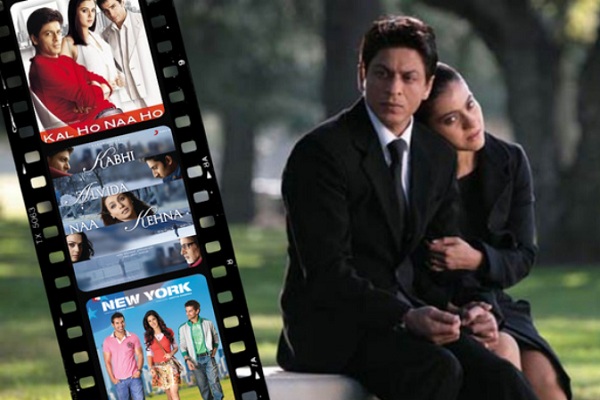 सांकेतिक तस्वीर / boll
सांकेतिक तस्वीर / boll
9/11 के बाद के न्यूयॉर्क ड्रामा से लेकर रेगिस्तानी राजमार्गों पर जोरदार रोमांस तक अमेरिकी लोकेशन्स ने भारतीय सिनेमा की दृश्य और भावनात्मक भाषा को नए सिरे से परिभाषित किया है। बॉलीवुड के लिए अमेरिका न केवल एक मनोरम पृष्ठभूमि के रूप में बल्कि अपने आप में एक किरदार के रूप में भी काम करता रहा है। कहानियों को आकार देने, विषयों को गहराई देने और भारतीय दर्शकों की उभरती आकांक्षाओं को प्रतिबिंबित करने के लिए।
आज हम पड़ताल करते हैं कि कैसे कल हो न हो, कभी अलविदा ना कहना, माई नेम इज खान, इंग्लिश विंग्लिश और न्यूयॉर्क जैसी फिल्मों ने अमेरिकी परिदृश्य का उपयोग कथात्मक आर्क को बढ़ाने, भावनात्मक प्रामाणिकता लाने और एक वैश्वीकृत दुनिया से संवाद करने के लिए किया।
कल हो न हो (2003)/निखिल आडवाणी द्वारा निर्देशित
न्यूयॉर्क शहर में बड़े पैमाने पर फिल्माई गई कल हो न हो ने भारतीय और प्रवासी दर्शकों को गहराई से प्रभावित किया। अमेरिका में एक भारतीय परिवार की कहानी को वास्तविक स्थानों, सेंट्रल पार्क, मैनहट्टन के क्षितिज और शहरी इलाकों, से प्रामाणिकता मिली, जो आकांक्षाओं और सांस्कृतिक जटिलता दोनों को दर्शाती थी। फिल्म ने अपने किरदारों, खासकर अमन (शाहरुख खान) के माध्यम से भारतीय मूल्यों को पश्चिमी जीवन शैली के साथ जोड़ा, जो एक आधुनिक लेकिन जड़ पहचान का प्रतीक था। रोहित (सैफ अली खान) और नैना (प्रीति जिंटा) दूसरी पीढ़ी के आप्रवासी के रूप में प्रेम, कर्तव्य और स्वतंत्रता के बीच संघर्ष करते हुए विश्वसनीय लगे। न्यूयॉर्क की बहुसंस्कृतिवादिता ने फिल्म की भावनात्मक परतों को प्रतिबिंबित किया, साथ ही इसे एक चमकदार अंतरराष्ट्रीय अपील भी दी जो 2000 के दशक की शुरुआत में बॉलीवुड की वैश्विक महत्वाकांक्षाओं के अनुरूप थी।
कभी अलविदा न कहना (2006)/ करण जौहर द्वारा निर्देशित
कभी अलविदा न कहना में न्यूयॉर्क भावनात्मक अलगाव का एक रूपक बन गया। टूटती शादियों और विवाहेतर संबंधों की जौहर की कहानी को पश्चिम में एक विश्वसनीय पृष्ठभूमि मिली जहां व्यक्तिगत इच्छाएं अक्सर सामाजिक अपेक्षाओं पर भारी पड़ती हैं। शाहरुख खान का देव ठंडी गलियों और खाली खेल के मैदानों में घूमता है, अपनी आंतरिक उदासीनता को दृश्य रूप से व्यक्त करता है। ग्रैंड सेंट्रल स्टेशन और ब्रुकलिन ब्रिज जैसे प्रतिष्ठित स्थानों का उपयोग न केवल भव्यता के लिए, बल्कि प्रतीकात्मकता के लिए भी किया गया था, दोराहे पर खड़े रिश्ते, भावनात्मक रूप से अधर में लटके पात्र। अमेरिकी पृष्ठभूमि ने भारतीय दर्शकों के लिए बेवफाई से जुड़ी वर्जनाओं को कम किया, साथ ही नैतिक अस्पष्टता को और अधिक सुपाच्य बनाया, खासकर उन प्रवासी भारतीयों के लिए जो पारंपरिक मूल्यों और पश्चिमी उदारवाद के द्वंद्व से जुड़े थे।
न्यूयॉर्क (2009)/निर्देशक कबीर खान
न्यूयॉर्क, 9/11 के बाद की दुनिया से जूझने वाली शुरुआती बॉलीवुड फिल्मों में से एक थी। न्यूयॉर्क शहर और उसके आसपास की पृष्ठभूमि में यह तीन दोस्तों (जॉन अब्राहम, नील नितिन मुकेश और कैटरीना कैफ द्वारा अभिनीत) के जीवन पर आधारित थी, जिनकी दुनिया ट्विन टावर्स के गिरने के बाद बिखर जाती है। स्थान के चयन ने फिल्म को तात्कालिकता और प्रामाणिकता प्रदान की। कॉलेज परिसरों से लेकर संघीय हिरासत केंद्रों तक, वास्तविक जीवन की पृष्ठभूमि ने फिल्म में भावनात्मक और राजनीतिक वजन पैदा किया। उस समय अमेरिकी समाज में व्याप्त नस्लीय व्यामोह, निगरानी और भय को इसके पात्रों के विकसित होते चरित्रों के माध्यम से प्रभावशाली ढंग से प्रस्तुत किया गया था। अमेरिकी पृष्ठभूमि के बिना, न्यूयॉर्क अपना आधार खो देता। इसमें दर्शाया गया तनाव, पहचान का संकट और अन्याय, स्थान, समय और सांस्कृतिक मनोदशा से अटूट रूप से जुड़ा हुआ था।
माई नेम इज खान (2010)/ निर्देशक, करण जौहर
कुछ ही फिल्मों ने अंतरराष्ट्रीय परिवेश का इतना स्वाभाविक और प्रभावशाली ढंग से इस्तेमाल किया है जितना माई नेम इज खान ने। कैलिफोर्निया, सैन फ्रांसिस्को और जॉर्जिया में फैली यह कहानी, एस्परगर सिंड्रोम से पीड़ित एक भारतीय मुस्लिम रिजवान खान (शाहरुख खान) की है, जो 9/11 के बाद के अमेरिका में यह घोषणा करने के लिए यात्रा करता है: "मेरा नाम खान है, और मैं आतंकवादी नहीं हूं। परिवेश सिर्फ एक पृष्ठभूमि नहीं, बल्कि कथा का मूल है। यह फिल्म इस्लामोफोबिया, नफरत भरे अपराधों और निगरानी के मुद्दों को उठाती है। ये ऐसे मुद्दे हैं जो अमेरिकी सामाजिक-राजनीतिक माहौल में गहराई से जड़ें जमाए हुए हैं। वास्तविक स्थानों ने हवाई अड्डे पर पूछताछ और स्कूल में बदमाशी जैसे क्षणों को और भी ज्यादा अहमियत और महत्व दिया। खान की देशव्यापी यात्रा व्यक्तिगत उपचार और सामाजिक आलोचना का प्रतीक थी। अमेरिकी परिवेश ने फिल्म को वैश्विक रूढ़ियों का सामना करने और आस्था, लचीलेपन और प्रेम की एक गहरी मानवीय कहानी पेश करने का मौका दिया। एक ऐसी कहानी जो भारत में शायद ही उतनी प्रासंगिक होती।
इंग्लिश विंग्लिश (2012)/गौरी शिंदे द्वारा निर्देशित
श्रीदेवी की वापसी वाली फिल्म इंग्लिश विंग्लिश ने न्यूयॉर्क को एक ग्लैमरस जगह के रूप में नहीं बल्कि आत्म-खोज की एक भट्टी के रूप में इस्तेमाल किया। शहर की अपार ऊर्जा, उसकी भागदौड़, उसका सांस्कृतिक मिश्रण, उसकी सहज उपेक्षा शशि के शांत संकल्प के लिए एक बाधा बन गई। अजीबोगरीब इमिग्रेशन काउंटरों से लेकर कॉफी शॉप की उलझन भरी मुलाकातों तक, न्यूयॉर्क का हर पल शशि के शुरुआती भटकाव को रेखांकित करता था। लेकिन जैसे-जैसे वह शहरी भूलभुलैया में आगे बढ़ी विभिन्न संस्कृतियों के दोस्त बनाए और खुद के लिए खड़ा होना सीखा मैनहट्टन परिवर्तन का प्रतीक बन गया। अमेरिका ने न केवल उसकी कमजोरियों को उजागर किया; बल्कि उसकी आंतरिक शक्ति को भी बढ़ाया। अदृश्यता से आत्मविश्वास तक की उसकी यात्रा ने एक ऐसी दुनिया में प्रवेश करके सार्वभौमिकता प्राप्त की जो उसकी अपनी दुनिया से बहुत अलग थी।
आज हम पड़ताल करते हैं कि कैसे कल हो न हो, कभी अलविदा ना कहना, माई नेम इज खान, इंग्लिश विंग्लिश और न्यूयॉर्क जैसी फिल्मों ने अमेरिकी परिदृश्य का उपयोग कथात्मक आर्क को बढ़ाने, भावनात्मक प्रामाणिकता लाने और एक वैश्वीकृत दुनिया से संवाद करने के लिए किया।
कल हो न हो (2003)/निखिल आडवाणी द्वारा निर्देशित
न्यूयॉर्क शहर में बड़े पैमाने पर फिल्माई गई कल हो न हो ने भारतीय और प्रवासी दर्शकों को गहराई से प्रभावित किया। अमेरिका में एक भारतीय परिवार की कहानी को वास्तविक स्थानों, सेंट्रल पार्क, मैनहट्टन के क्षितिज और शहरी इलाकों, से प्रामाणिकता मिली, जो आकांक्षाओं और सांस्कृतिक जटिलता दोनों को दर्शाती थी। फिल्म ने अपने किरदारों, खासकर अमन (शाहरुख खान) के माध्यम से भारतीय मूल्यों को पश्चिमी जीवन शैली के साथ जोड़ा, जो एक आधुनिक लेकिन जड़ पहचान का प्रतीक था। रोहित (सैफ अली खान) और नैना (प्रीति जिंटा) दूसरी पीढ़ी के आप्रवासी के रूप में प्रेम, कर्तव्य और स्वतंत्रता के बीच संघर्ष करते हुए विश्वसनीय लगे। न्यूयॉर्क की बहुसंस्कृतिवादिता ने फिल्म की भावनात्मक परतों को प्रतिबिंबित किया, साथ ही इसे एक चमकदार अंतरराष्ट्रीय अपील भी दी जो 2000 के दशक की शुरुआत में बॉलीवुड की वैश्विक महत्वाकांक्षाओं के अनुरूप थी।
कभी अलविदा न कहना (2006)/ करण जौहर द्वारा निर्देशित
कभी अलविदा न कहना में न्यूयॉर्क भावनात्मक अलगाव का एक रूपक बन गया। टूटती शादियों और विवाहेतर संबंधों की जौहर की कहानी को पश्चिम में एक विश्वसनीय पृष्ठभूमि मिली जहां व्यक्तिगत इच्छाएं अक्सर सामाजिक अपेक्षाओं पर भारी पड़ती हैं। शाहरुख खान का देव ठंडी गलियों और खाली खेल के मैदानों में घूमता है, अपनी आंतरिक उदासीनता को दृश्य रूप से व्यक्त करता है। ग्रैंड सेंट्रल स्टेशन और ब्रुकलिन ब्रिज जैसे प्रतिष्ठित स्थानों का उपयोग न केवल भव्यता के लिए, बल्कि प्रतीकात्मकता के लिए भी किया गया था, दोराहे पर खड़े रिश्ते, भावनात्मक रूप से अधर में लटके पात्र। अमेरिकी पृष्ठभूमि ने भारतीय दर्शकों के लिए बेवफाई से जुड़ी वर्जनाओं को कम किया, साथ ही नैतिक अस्पष्टता को और अधिक सुपाच्य बनाया, खासकर उन प्रवासी भारतीयों के लिए जो पारंपरिक मूल्यों और पश्चिमी उदारवाद के द्वंद्व से जुड़े थे।
न्यूयॉर्क (2009)/निर्देशक कबीर खान
न्यूयॉर्क, 9/11 के बाद की दुनिया से जूझने वाली शुरुआती बॉलीवुड फिल्मों में से एक थी। न्यूयॉर्क शहर और उसके आसपास की पृष्ठभूमि में यह तीन दोस्तों (जॉन अब्राहम, नील नितिन मुकेश और कैटरीना कैफ द्वारा अभिनीत) के जीवन पर आधारित थी, जिनकी दुनिया ट्विन टावर्स के गिरने के बाद बिखर जाती है। स्थान के चयन ने फिल्म को तात्कालिकता और प्रामाणिकता प्रदान की। कॉलेज परिसरों से लेकर संघीय हिरासत केंद्रों तक, वास्तविक जीवन की पृष्ठभूमि ने फिल्म में भावनात्मक और राजनीतिक वजन पैदा किया। उस समय अमेरिकी समाज में व्याप्त नस्लीय व्यामोह, निगरानी और भय को इसके पात्रों के विकसित होते चरित्रों के माध्यम से प्रभावशाली ढंग से प्रस्तुत किया गया था। अमेरिकी पृष्ठभूमि के बिना, न्यूयॉर्क अपना आधार खो देता। इसमें दर्शाया गया तनाव, पहचान का संकट और अन्याय, स्थान, समय और सांस्कृतिक मनोदशा से अटूट रूप से जुड़ा हुआ था।
माई नेम इज खान (2010)/ निर्देशक, करण जौहर
कुछ ही फिल्मों ने अंतरराष्ट्रीय परिवेश का इतना स्वाभाविक और प्रभावशाली ढंग से इस्तेमाल किया है जितना माई नेम इज खान ने। कैलिफोर्निया, सैन फ्रांसिस्को और जॉर्जिया में फैली यह कहानी, एस्परगर सिंड्रोम से पीड़ित एक भारतीय मुस्लिम रिजवान खान (शाहरुख खान) की है, जो 9/11 के बाद के अमेरिका में यह घोषणा करने के लिए यात्रा करता है: "मेरा नाम खान है, और मैं आतंकवादी नहीं हूं। परिवेश सिर्फ एक पृष्ठभूमि नहीं, बल्कि कथा का मूल है। यह फिल्म इस्लामोफोबिया, नफरत भरे अपराधों और निगरानी के मुद्दों को उठाती है। ये ऐसे मुद्दे हैं जो अमेरिकी सामाजिक-राजनीतिक माहौल में गहराई से जड़ें जमाए हुए हैं। वास्तविक स्थानों ने हवाई अड्डे पर पूछताछ और स्कूल में बदमाशी जैसे क्षणों को और भी ज्यादा अहमियत और महत्व दिया। खान की देशव्यापी यात्रा व्यक्तिगत उपचार और सामाजिक आलोचना का प्रतीक थी। अमेरिकी परिवेश ने फिल्म को वैश्विक रूढ़ियों का सामना करने और आस्था, लचीलेपन और प्रेम की एक गहरी मानवीय कहानी पेश करने का मौका दिया। एक ऐसी कहानी जो भारत में शायद ही उतनी प्रासंगिक होती।
इंग्लिश विंग्लिश (2012)/गौरी शिंदे द्वारा निर्देशित
श्रीदेवी की वापसी वाली फिल्म इंग्लिश विंग्लिश ने न्यूयॉर्क को एक ग्लैमरस जगह के रूप में नहीं बल्कि आत्म-खोज की एक भट्टी के रूप में इस्तेमाल किया। शहर की अपार ऊर्जा, उसकी भागदौड़, उसका सांस्कृतिक मिश्रण, उसकी सहज उपेक्षा शशि के शांत संकल्प के लिए एक बाधा बन गई। अजीबोगरीब इमिग्रेशन काउंटरों से लेकर कॉफी शॉप की उलझन भरी मुलाकातों तक, न्यूयॉर्क का हर पल शशि के शुरुआती भटकाव को रेखांकित करता था। लेकिन जैसे-जैसे वह शहरी भूलभुलैया में आगे बढ़ी विभिन्न संस्कृतियों के दोस्त बनाए और खुद के लिए खड़ा होना सीखा मैनहट्टन परिवर्तन का प्रतीक बन गया। अमेरिका ने न केवल उसकी कमजोरियों को उजागर किया; बल्कि उसकी आंतरिक शक्ति को भी बढ़ाया। अदृश्यता से आत्मविश्वास तक की उसकी यात्रा ने एक ऐसी दुनिया में प्रवेश करके सार्वभौमिकता प्राप्त की जो उसकी अपनी दुनिया से बहुत अलग थी।
ADVERTISEMENT
ADVERTISEMENT
E Paper
Video



 बॉलीवुड इंसाइडर
बॉलीवुड इंसाइडर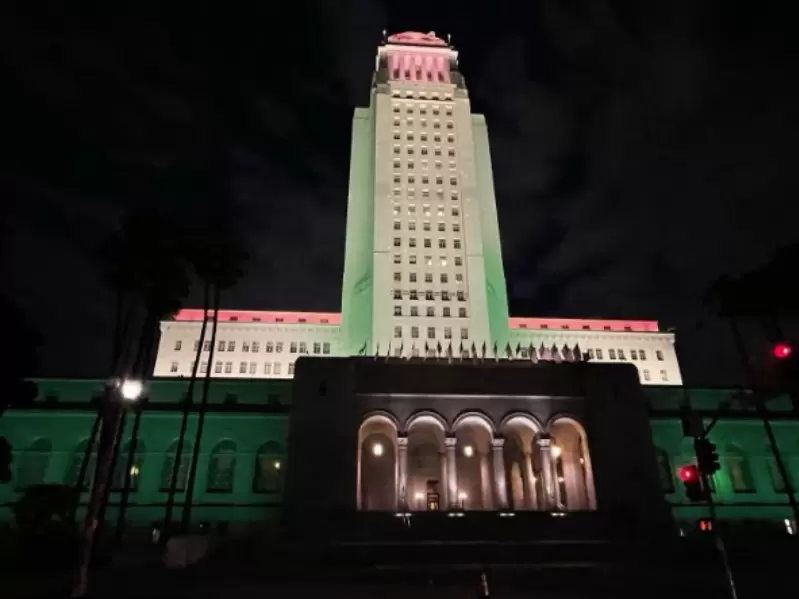
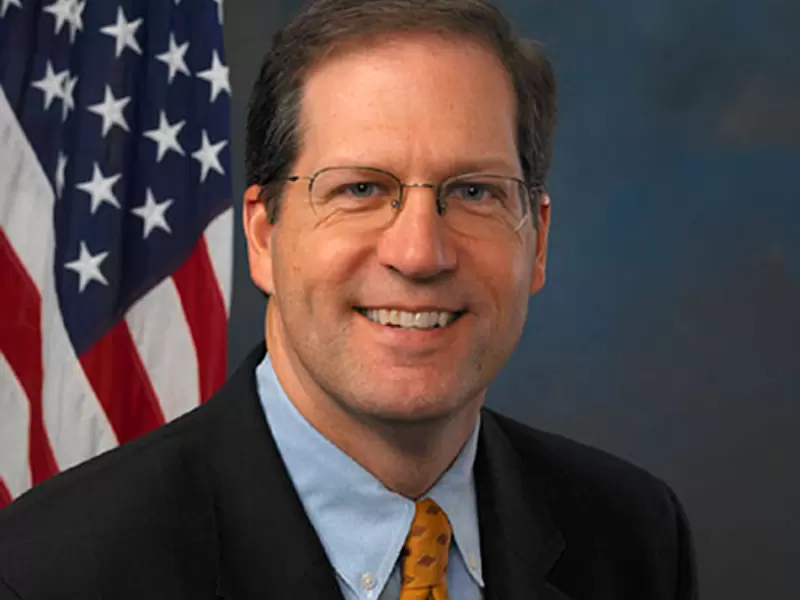
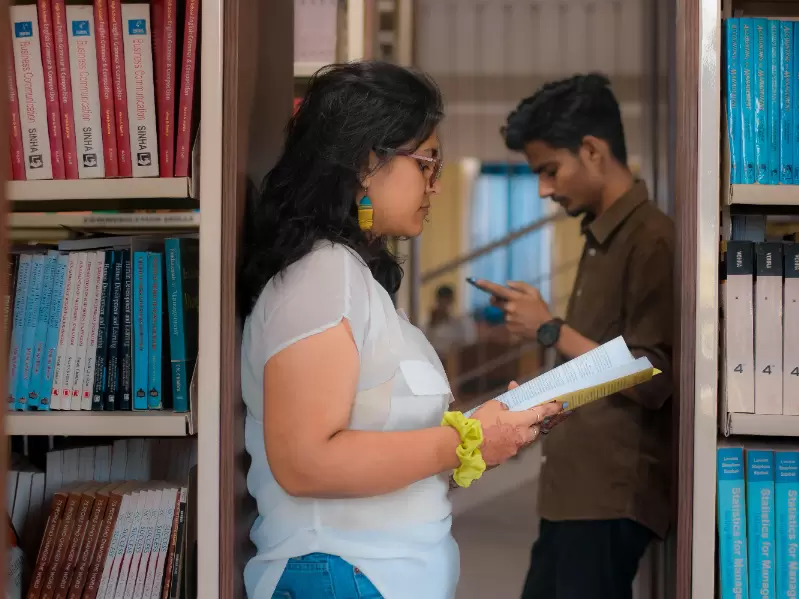

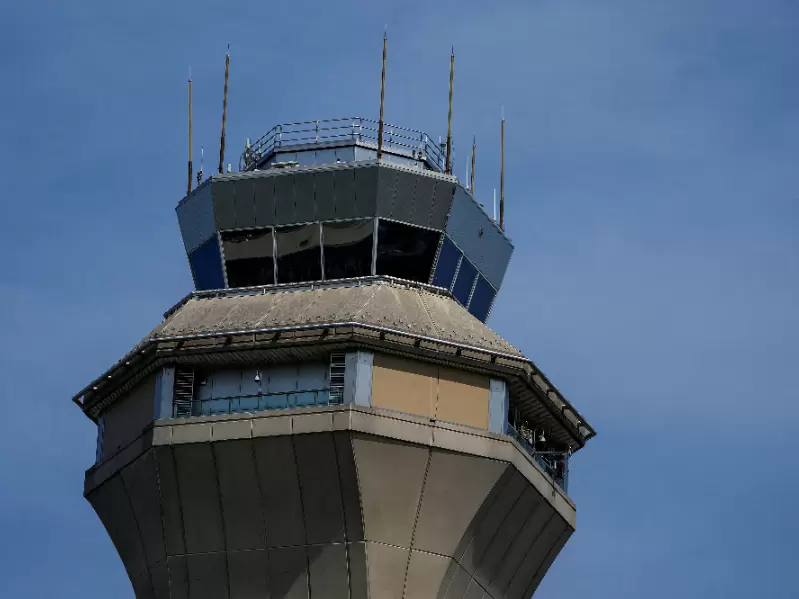
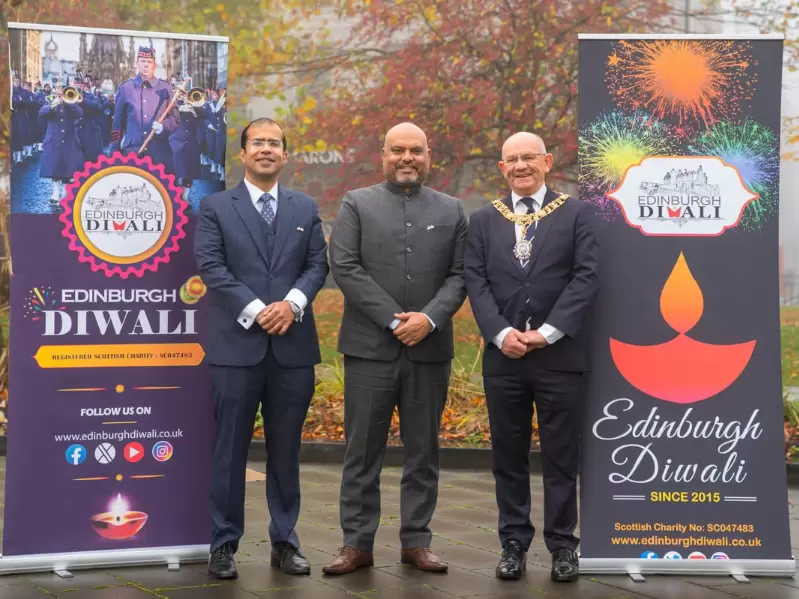
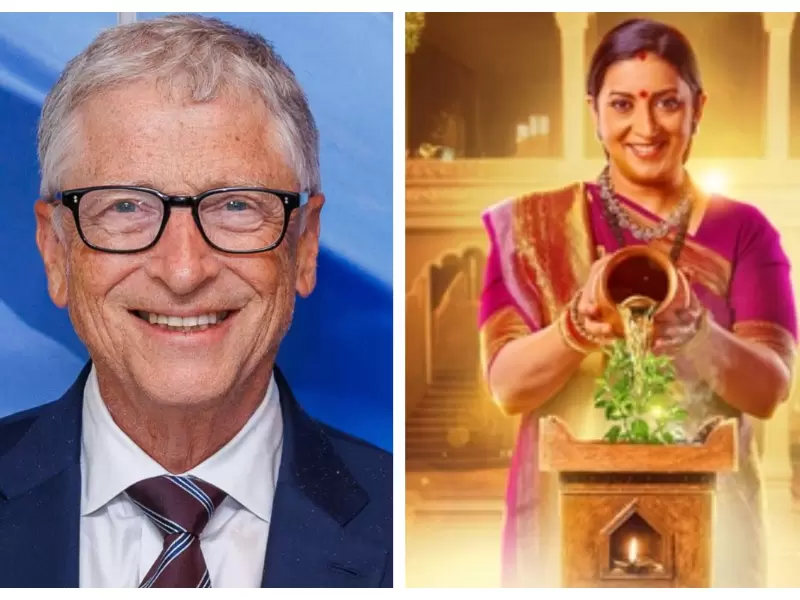
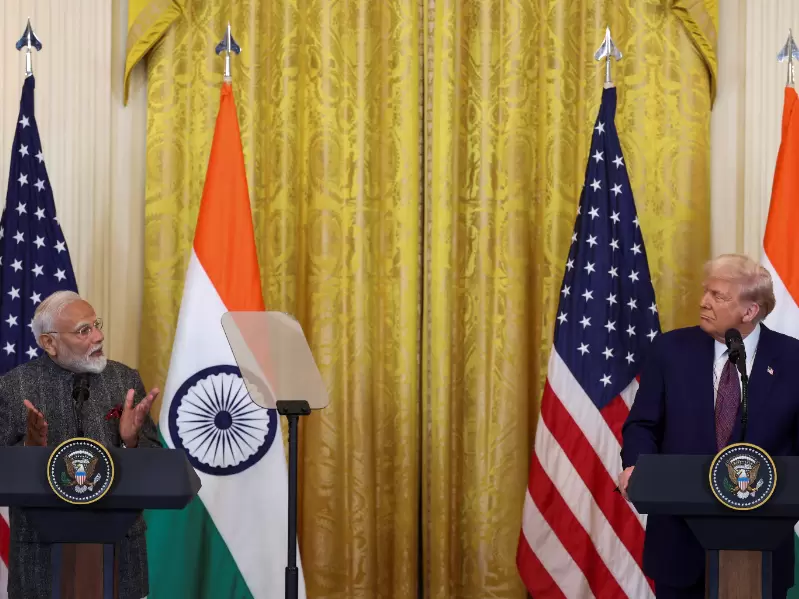
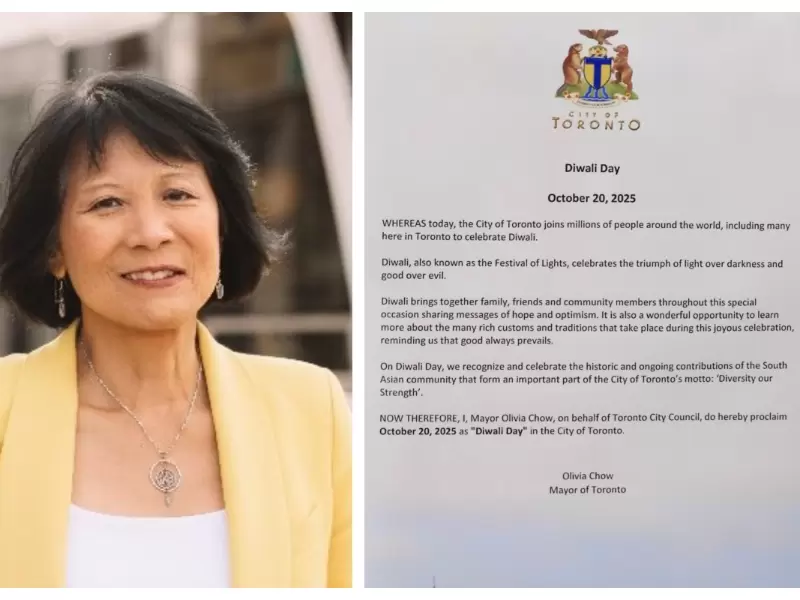
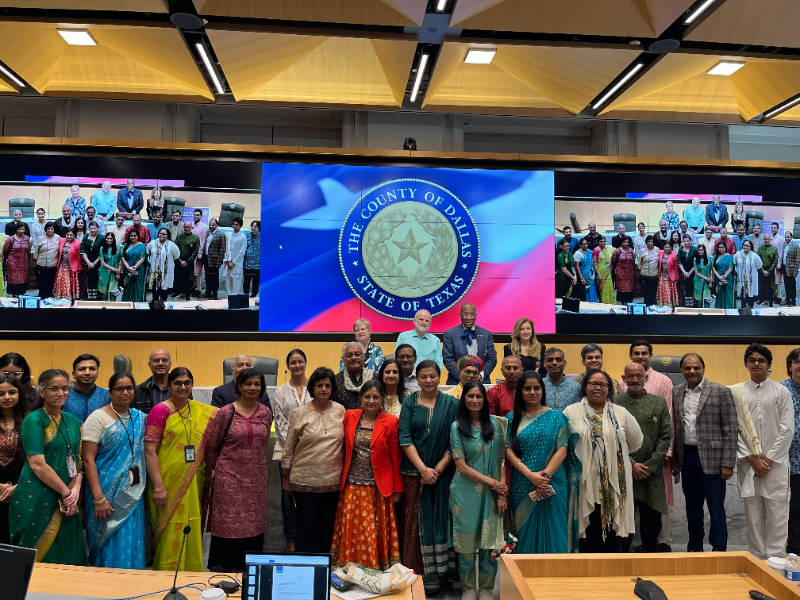





Comments
Start the conversation
Become a member of New India Abroad to start commenting.
Sign Up Now
Already have an account? Login